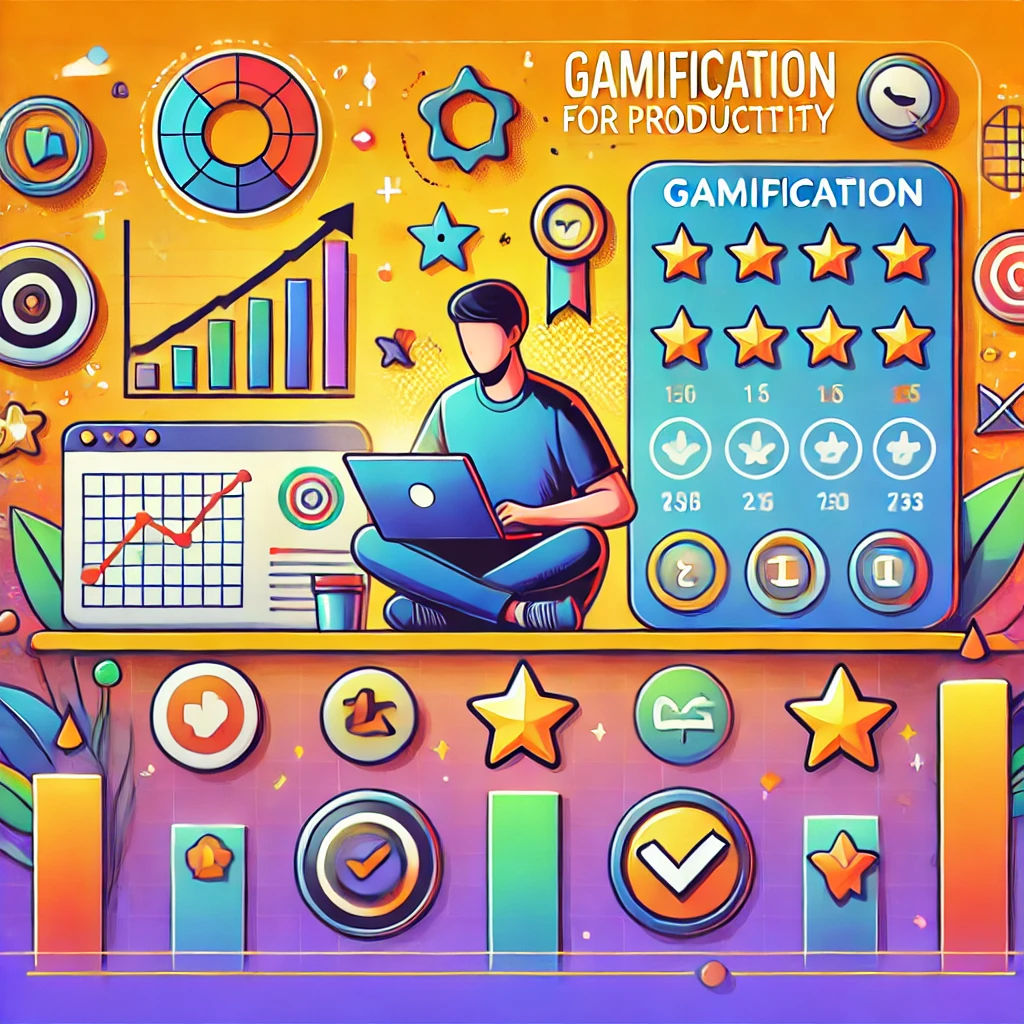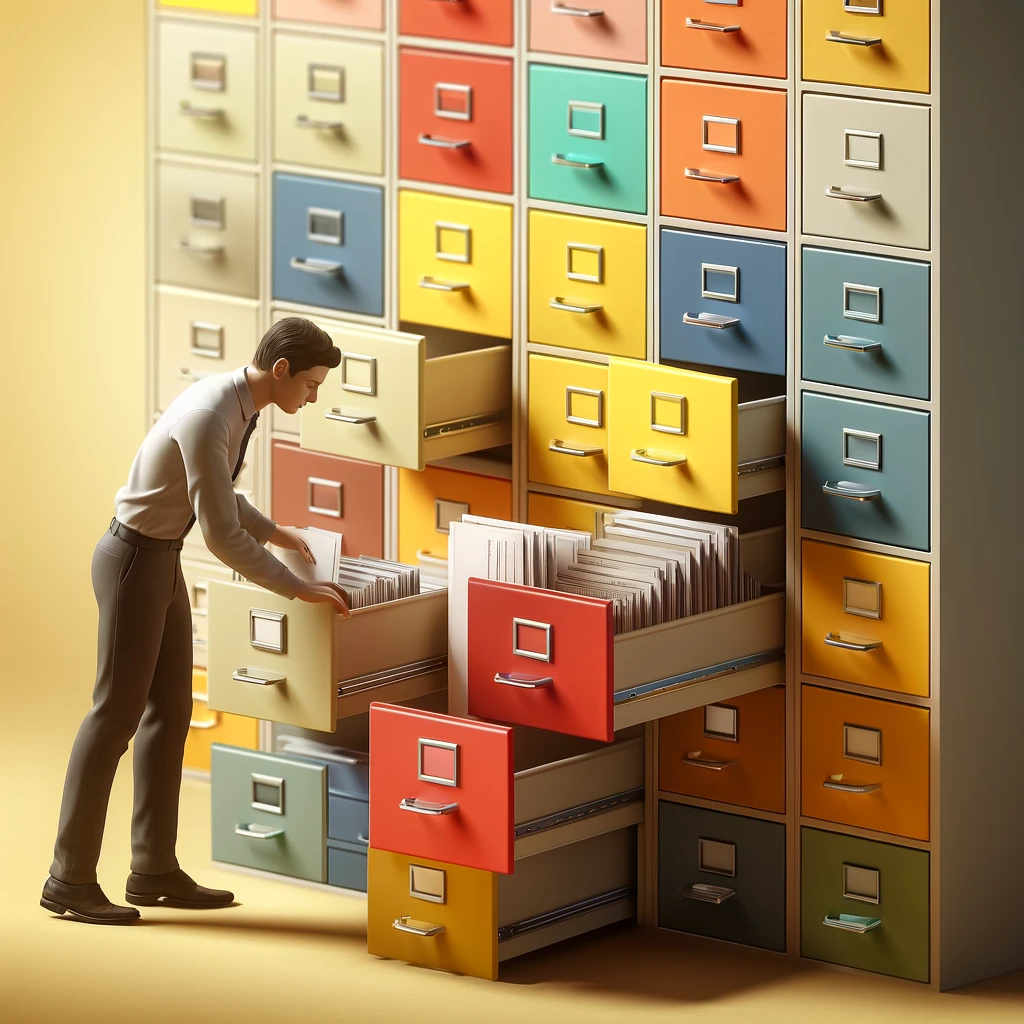How Gamification Can Boost Your Productivity
In the quest for increased productivity, many people turn to traditional methods such as time management, to-do lists, and prioritization techniques. While these methods can be effective, they often lack the engagement and motivation needed to maintain long-term productivity. Enter gamification—a dynamic approach that incorporates game-like elements into non-game contexts to motivate and engage individuals. But how exactly can gamification enhance your productivity? Let’s delve into this innovative strategy.
What is Gamification?
Gamification is the application of game design elements and principles in non-game contexts. It involves using elements like points, badges, leaderboards, challenges, and rewards to make tasks more engaging and fun. By tapping into our natural desire for competition, achievement, and recognition, gamification can transform mundane tasks into exciting and rewarding activities.

The Psychology Behind Gamification
At the heart of gamification lies the psychological principles that make games so captivating. These include:
- Reward and Recognition: Earning rewards and recognition for accomplishments triggers the release of dopamine, a neurotransmitter associated with pleasure and motivation. This encourages us to repeat the behavior to experience the positive feeling again.
- Progress and Achievement: Tracking progress through levels, badges, or points provides a sense of achievement and forward momentum. This can be highly motivating and can drive individuals to keep pushing forward.
- Competition and Social Interaction: Competing with others and sharing achievements can create a sense of community and friendly rivalry, which can boost motivation and engagement.
- Challenges and Mastery: Overcoming challenges and mastering new skills provides a sense of satisfaction and competence, further motivating individuals to continue improving.
How Gamification Can Enhance Productivity
1. Increased Engagement
One of the primary benefits of gamification is increased engagement. By making tasks more enjoyable and rewarding, individuals are more likely to stay focused and committed. For example, using a task management app that incorporates gamification can turn completing daily tasks into a game, encouraging you to stay on top of your responsibilities.
2. Enhanced Motivation
Gamification taps into intrinsic and extrinsic motivators. Intrinsic motivators, such as the satisfaction of completing a challenge, and extrinsic motivators, such as earning points or rewards, work together to keep individuals motivated. This dual approach can be particularly effective in maintaining long-term productivity.
3. Better Goal Setting and Tracking
Gamification encourages setting clear, achievable goals and provides tools for tracking progress. This can lead to better goal-setting practices and a clearer understanding of what needs to be done to achieve those goals. With progress visualized through points, badges, or levels, individuals can see their advancement, making it easier to stay motivated.
4. Improved Focus and Time Management
By incorporating game-like elements into time management, individuals can improve their focus and efficiency. Techniques such as the Pomodoro Technique, which uses timed intervals of work and breaks, can be gamified to include rewards for completing each interval. This not only makes time management more enjoyable but also helps maintain focus.
5. Encourages Healthy Competition
Healthy competition can be a powerful motivator. Gamification allows for the creation of leaderboards and challenges, encouraging individuals to compete with themselves or others. This friendly rivalry can drive individuals to push their limits and achieve more.
Practical Applications of Gamification
1. Productivity Apps
Many productivity apps have embraced gamification to help users stay organized and motivated. Apps like Habitica, Todoist, and Forest incorporate game-like elements to make task management more engaging and rewarding.
2. Workplace Productivity
Companies are increasingly using gamification to boost employee productivity and engagement. By incorporating game elements into training programs, project management, and performance tracking, businesses can create a more dynamic and motivated workforce.
3. Personal Development
Gamification can also be applied to personal development. Setting personal goals and using gamified tools to track progress can make the journey toward self-improvement more enjoyable and fulfilling.
Conclusion
Gamification is a powerful tool that can significantly enhance productivity by making tasks more engaging, motivating, and rewarding. By tapping into our natural desires for achievement, recognition, and competition, gamification transforms mundane activities into exciting challenges. Whether through productivity apps, workplace strategies, or personal development tools, incorporating gamification into your daily routine can help you stay motivated, focused, and productive. So, why not give it a try and turn your productivity into a game?



